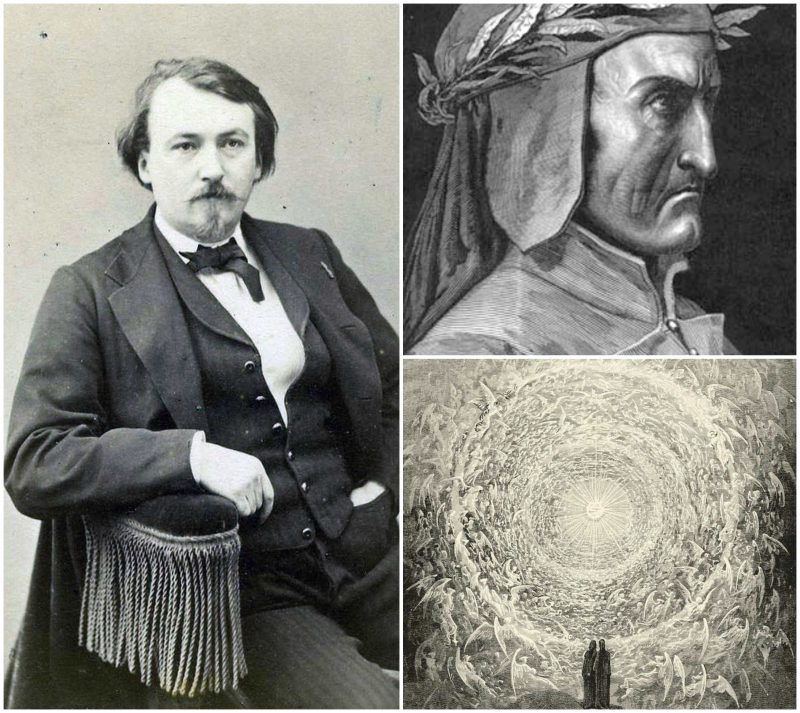Even today, Dante Alighieri’s Divine Comedy stands as one of the most influential works of literature ever written.
Still a standard on many school reading lists, as well as a popular pleasure for millions of people, it has inspired countless artists to represent its rich, enchanting story on canvas.
The most well-known illustrations of Alighieri’s magnum opus are by the 19th-century French painter Gustave Doré. The brilliant artist depicted the work of many famous authors throughout his career.
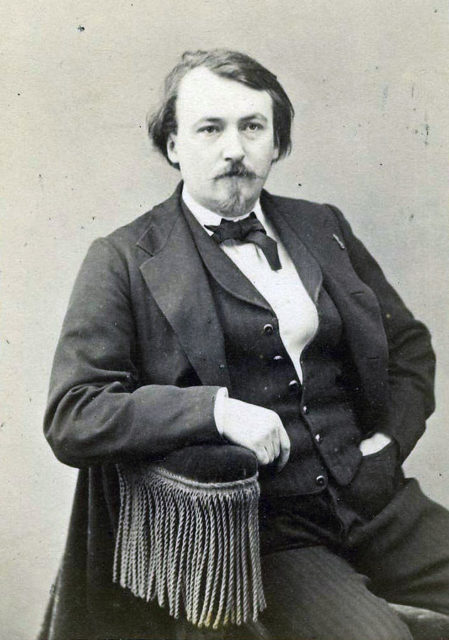
From John Milton’s Paradise Lost to Miguel de Cervantes’ Don Quixote, Doré’s black and white paintings cover all sorts of famous literature.
Doré himself referred to Dante’s “L’Enfer” as a “chefs-d’oeuvre of literature.” While Salvador Dalí may have his own sinister rendition of the Inferno, Doré’s work is a cut above.
Amusingly, Doré’s childhood was filled with pranks and mischief. At the age of five, he was a witty troublemaker who pulled genius pranks that were well beyond the normal intellectual capacity of a boy his age. Seven years later, he began carving in cement.
The carving fueled his passion for art, as he began to work as an illustrator, a sculptor, and a wood engraver. Doré quickly began to find success, winning commissions from patrons who ordered visual depictions of great literary works.
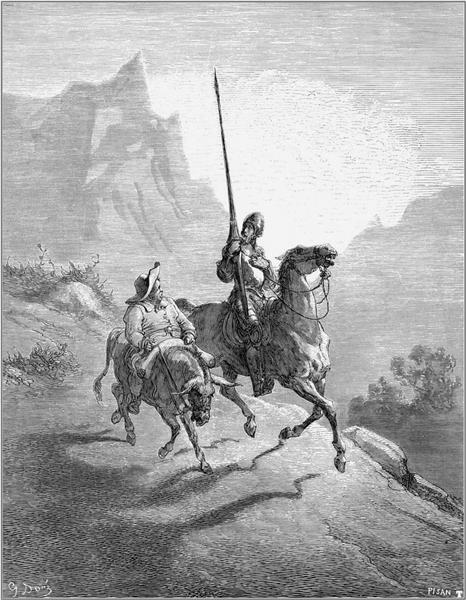
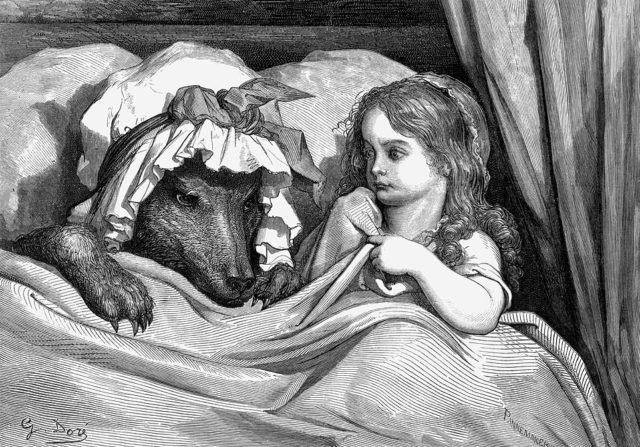
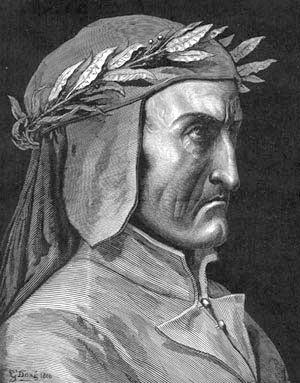
Doré illustrated the works of Lord Byron in 1853, along with a highly successful new Bible de Tours. He recreated scenes from Cervantes’ Don Quixote, Edgar Allan Poe’s “The Raven,” “Red Riding Hood,” and countless other popular pieces of literature.
Most of Doré’s art remains the standard representation of these stories today, making him responsible for the way so many famous characters are popularly portrayed.
To further secure his position as a master illustrator, Doré signed a five-year contract with Grant & Co. publishing house, who paid him a hefty sum of £10,000 a year for his great projects.
Doré published a book called London: A Pilgrimage in 1872, with 180 engravings of the British capital city. Although it drew complaints from critics, the collection was highly successful with the public, making it a huge success.
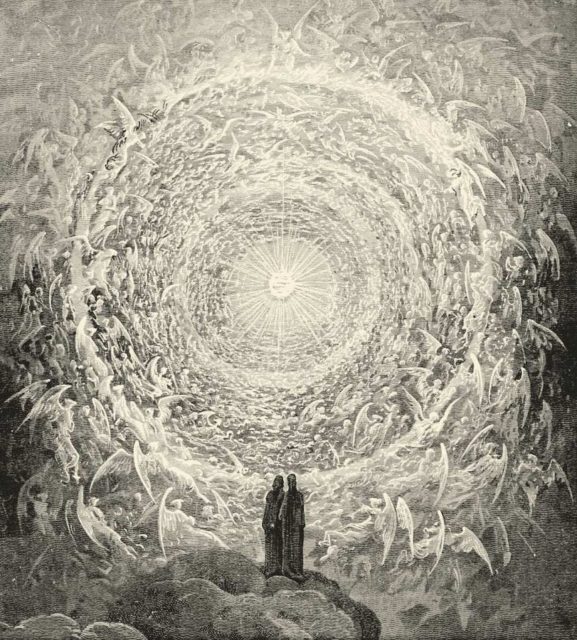
In 1855, almost three decades before illustrating “The Raven,” Doré worked on a series of paintings for Alighieri’s famous Inferno. He accepted the daunting task and self-published it because he couldn’t find a suitable publisher willing to take on the financial risk.
The astonishing illustrations of the Divine Comedy were a hit, setting Doré’s career on the right track. He created the original grand image of the poem’s characters, forever standardizing their appearance in the minds of readers.
